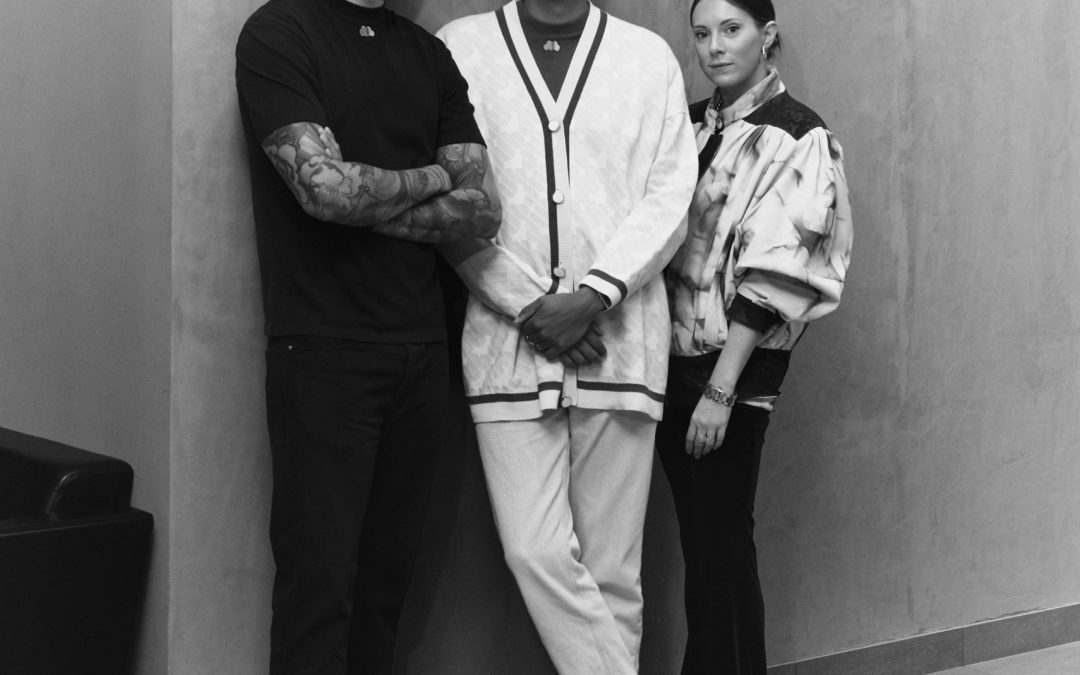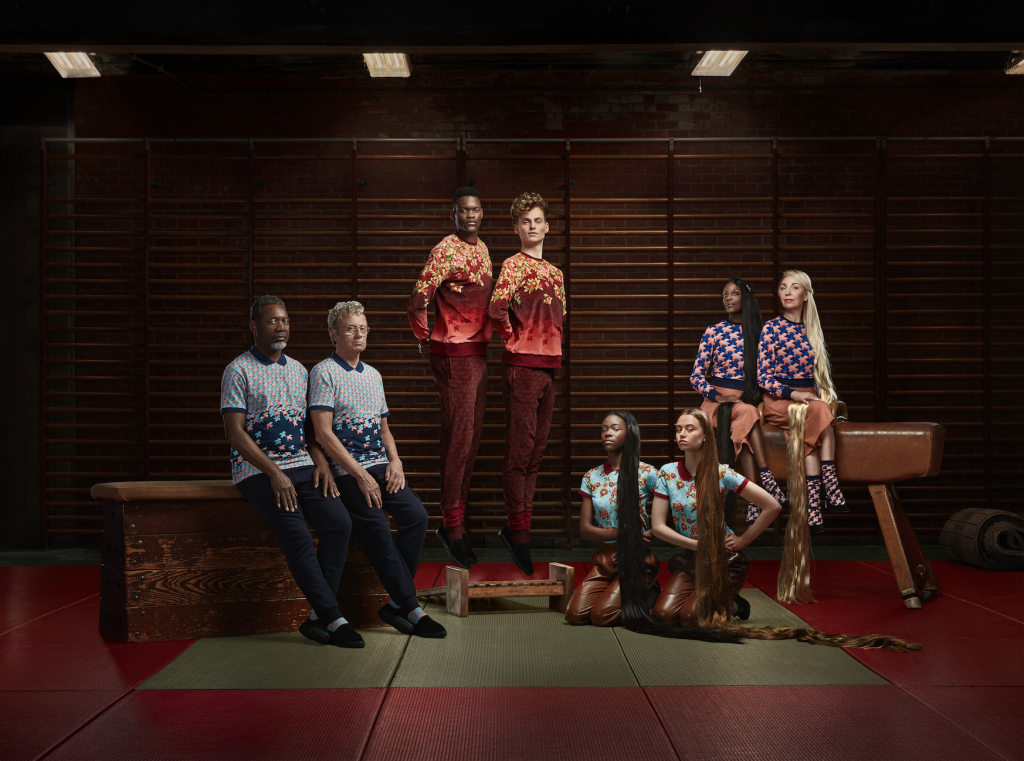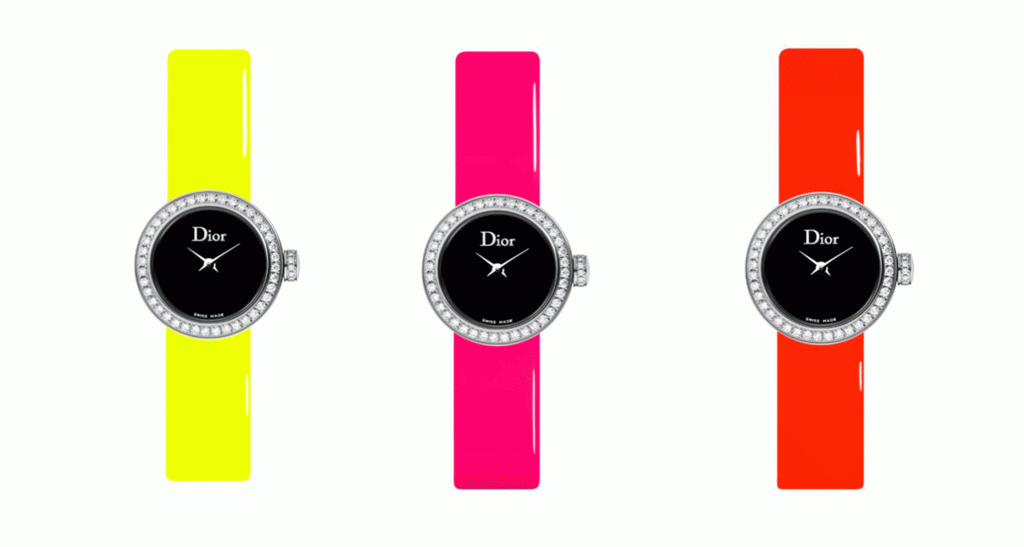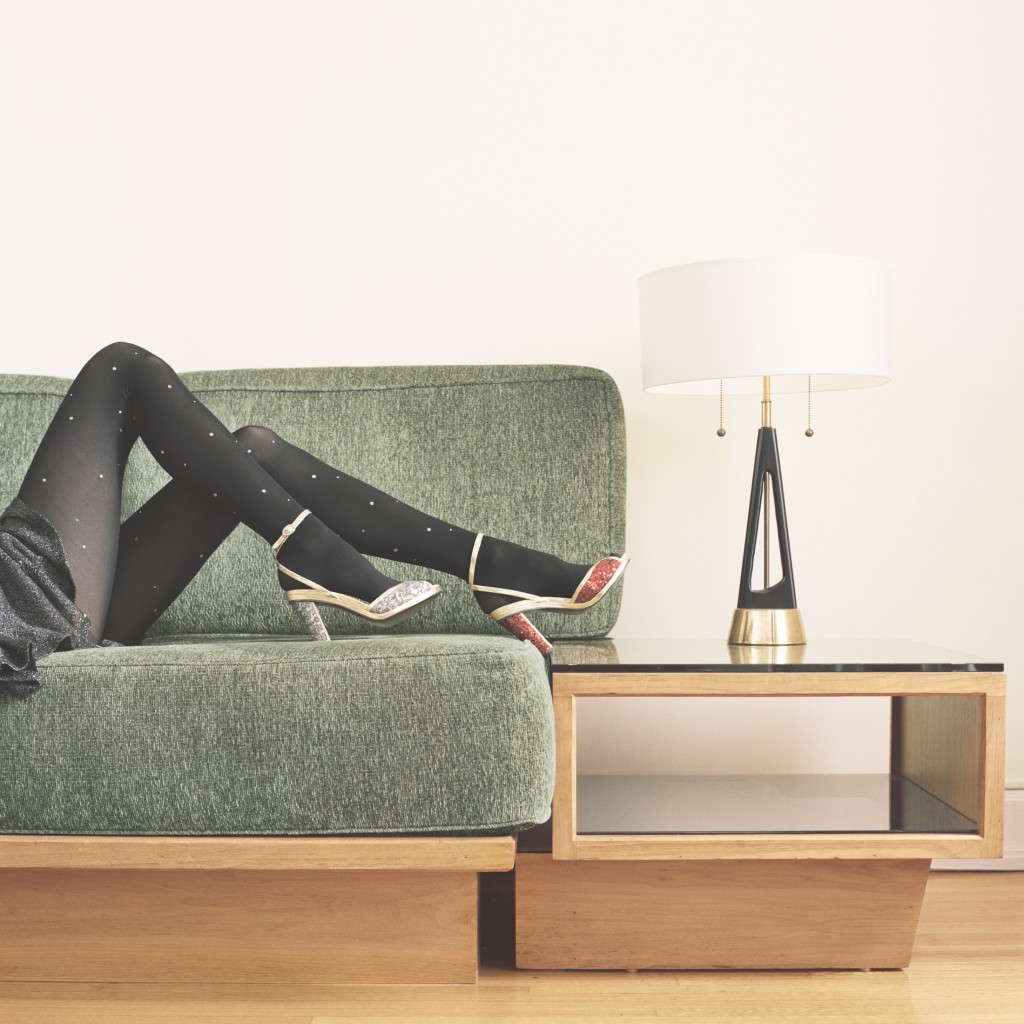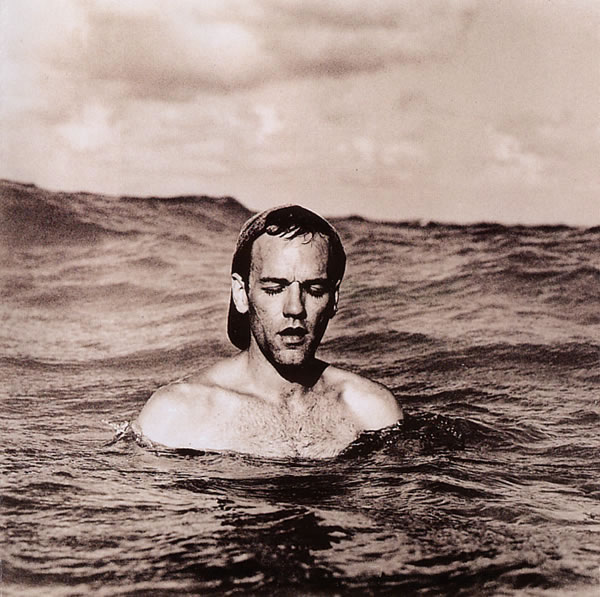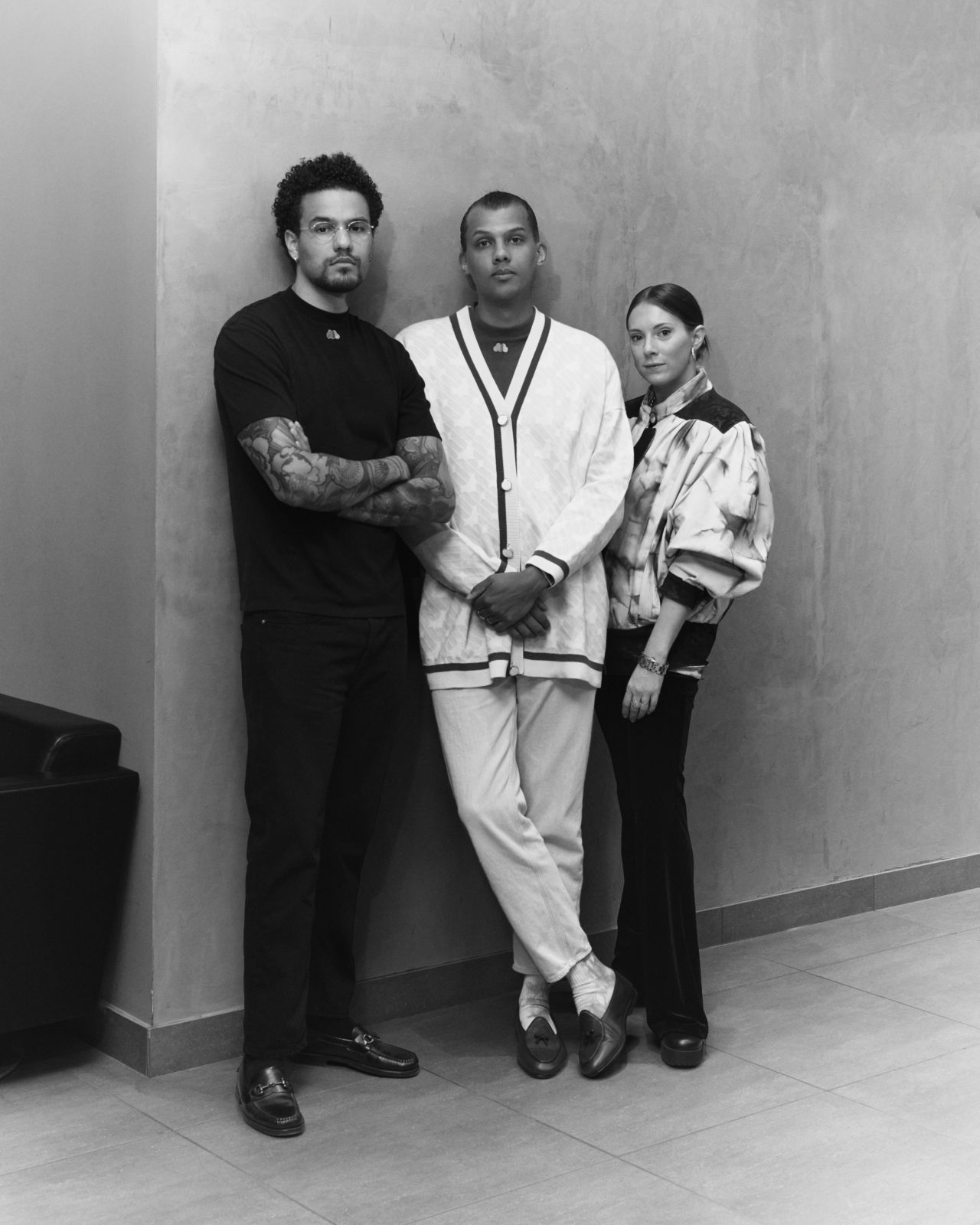
MOSAERT X MINI
By Maxime Der Nahabédian
Created in 2009 by Paul Van Haver, Luc Van Haver and Coralie Barbier, the creative label mosaert is the perfect definition of having your head in the clouds while keeping your feet on the ground. Born out of Stromae’s music career and the artist’s desire to keep his artistic independence, mosaert has developed quite a unique expertise in creative direction, video production and creating visuals over the years. This standout position has led the trio to work with major names like Billie Elish, Orelsan or Dua Lipa. In 2014, the tremendous success of Stromae’s second studio album Racine Carrée, which was supported by strong visuals, pushed mosaert to launch their first ready-to-wear collection. Their point of view: unisex capsules that stand out from the fast fashion system and show a great commitment to sustainability. In 2020, mosaert celebrated their 10th anniversary with a new logo, a multicolored cloud. This April, they revealed a surprising – but very organic – collaboration with MINI on the occasion of the launch of their first electric line…
This is an excerpt from the interview featured in our next issue, Crash 94 – out in September.
Mosaert is a ready-to-wear label and a creative studio working in music, fashion and the audiovisual sector. What motivated you to create such a hybrid space?
Paul: When we started out, I was producing my music on my own without even realizing it. When I signed my first record deal with a major label, we thought of creating a company that would own the masters to Stromae. The project got bigger progressively and my brother Luc joined the adventure. We’ve actually been working together for twenty years! At home, he was the first person I would play my music for, and it took a more professional turn after he got his degree. After this, we decided to go for it.
Luc: Paul was preparing his first album, and without quite noticing it I was working for him as a creative director. We were discovering our jobs as we were going. We were creating Paul’s image, so we went looking for the right people with the right skills, film directors, graphic designers, and so on.
Paul: We started working with a stylist, Coralie, when preparing my second studio album Racine Carrée in 2013. It so happens that her and I fell in love and that we had a baby! At first, we just thought of fashion as a way to support my stage persona, but it progressively grew into a standalone collection in 2014. It’s only later that we started collaborating with other artists on their music videos.
The interesting thing about mosaert as a fashion label is your commitment to sustainability. What inspired you to create a sustainable label?
Coralie: I feel like we took this approach from the get go. Our first capsule collection was produced in limited quantities, and so have all our collections at this point. We wanted our production chain to be as local as possible – everything is produced in Europe. We didn’t want to follow the rules of the seasons in fashion because we are a small label working on different projects at a time. Choosing to only produce one or two collections a year was already taking the sustainable road. As we were preparing our capsule n°6 (the one before the current one), we decided to reinforce our sustainable commitment. We thought about it with our product manager and she told us that we shouldn’t be intimidated by the idea of sustainability, but rather go step by step without putting too much pressure on ourselves. Today, our collections are 100% eco-friendly, from sourcing fabrics to labelling and packaging.
Luc: We’ve grown progressively. We already knew we didn’t want to follow the rules of fast fashion, produce in big quantities and disregard quality. The capsule n°6 was the first to be entirely produced with recycled and organic fabrics, though we already had a green conscience prior to that. Plus, when we launched the first capsule collection, we wanted to stay away from the cliché of the “artist merch”, often expensive T-shirts you buy at the end of a concert without knowing where they come from or how they were made. We wanted our collections to be qualitative and have a positive social and environmental impact.
You just unveiled a collaboration with MINI on a limited-edition electric car and ready-to-wear collection. How did this relationship come about ?
Coralie: MINI contacted us with the idea to collaborate. We were quite surprised at first but we immediately loved the idea because it was unexpected for us to express our creativity that way. They came with two options, either giving us carte blanche on an exhibition model or customising an electric model that would be sold as limited edition. We thought the second option was more like us because we’ve always worked in limited quantities. Plus, we like to see our designs out there in the real world! It was also important for us to get to know MINI’s rich history and their teams. We asked ourselves what MINI meant for us, and we immediately thought of the iconic green car, ultimately choosing tartan as the main pattern. We’re obviously not automobile conoissors, but everybody knows MINI, and the car’s design has remained pretty similar over the years. We really loved that.
Luc: What’s interesting about MINI is that their cars speak to every class in our society. They managed to maintain a great balance of appealing to everybody, whatever your background. It’s really a car for the people, and it’s really hard to achieve that. They trusted us to come in with our own concept and gave us free rein to create visuals, a film, and communicate the way we wanted to.
Coralie: The MINI car was a great canvas for us to express our creativity. It is a very playful car. It being an electric model was obviously a determining factor for us. We were honored to be able to participate in the launch of MINI’s first electric line, because it goes with everything we stand for at mosaert even though we’re working on two very different fields. We wouldn’t have accepted the project otherwise. People might not know this, but BMW has a pretty important research department dedicated to sustainability.
This balance between quality and affordability also resonates with your brand because you create high-quality clothes that aren’t overpriced.
Coralie: We’re very aware of our production costs and the price our customers have to pay. That’s why we still haven’t opened a boutique – it would mean increasing our prices, and we don’t want that. We’re very transparent on this aspect, and all our costs are detailed on our website.
Paul: The production cost of a 50-euro T-Shirt is about 17 euros. I find it important to communicate on this because there’s no use of hiding our costs to the customers anymore. That time is over. It was obvious for us even though we were quite hesitant to do so at first because no other brand was doing it. We thought, “there might be a reason for this!” On the contrary, I believe it’s essential to inform our clients to help them understand what they’re paying for, especially for the people who don’t have money to spend on expensive clothes.
You recently redesigned the mosaert logo and the brand’s visual identity. What motivated you to do so?
Paul : We celebrated our 10th anniversary in September 2020 with the capsule n°6. We thought it would be a great time to open a new chapter with a brand new logo. We’ve had three over the years. The first one was a smiley face with teeths like a keyboard. It was very much linked to music, and we quickly changed it when we launched the brand. Then we took inspiration from Racine Carrée and kept that logo for a while. Today we settled on a cloud to represent us. We thought it was the best way to embody the idea of creativity, of dreaming… We first thought of a light bulb, but that was kind of a bad idea!
Coralie : When it comes to the fashion label, the new logo helped us come up with new ways of presenting our collections. Our first capsule collections were inspired by classical paintings or the particular aesthetic of school year group photos, so it was something very stiff. We still love that aesthetic but we evolved from it. Even if we experienced quite an evolution from a stylistic standpoint, motifs are still at the heart of mosaert.
You mention Stromae as one of mosaert’s ‘projects’, but it was your music career that originated the label. Are all aspects of your work now intertwined, or do you still make the distinction between music, fashion, and creative direction?
Paul : Stromae was obviously my stage name, and at some point I felt the need to consider it like just another project because it had become sort of a burden to carry on my own. It allowed me to take a step back from time to time. I’ve put that project aside now since 2015, even though I haven’t stopped doing music. For example we worked on projects with Bigflo & Oli, Orelsan, Coldplay, or Dua Lipa. It gives me the opportunity to continue to do what I love but from behind the scenes. I wouldn’t be able to tell you exactly when but I’m going to make a new album at some point, that’s for sure…
Photographer : Motoki Mokito







